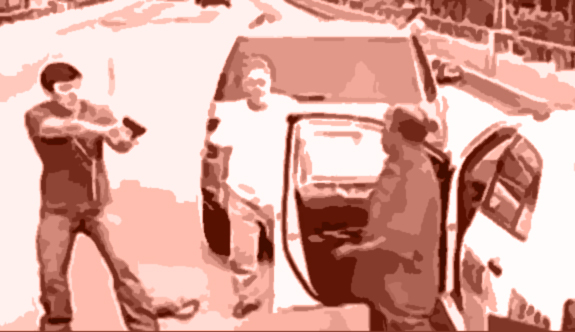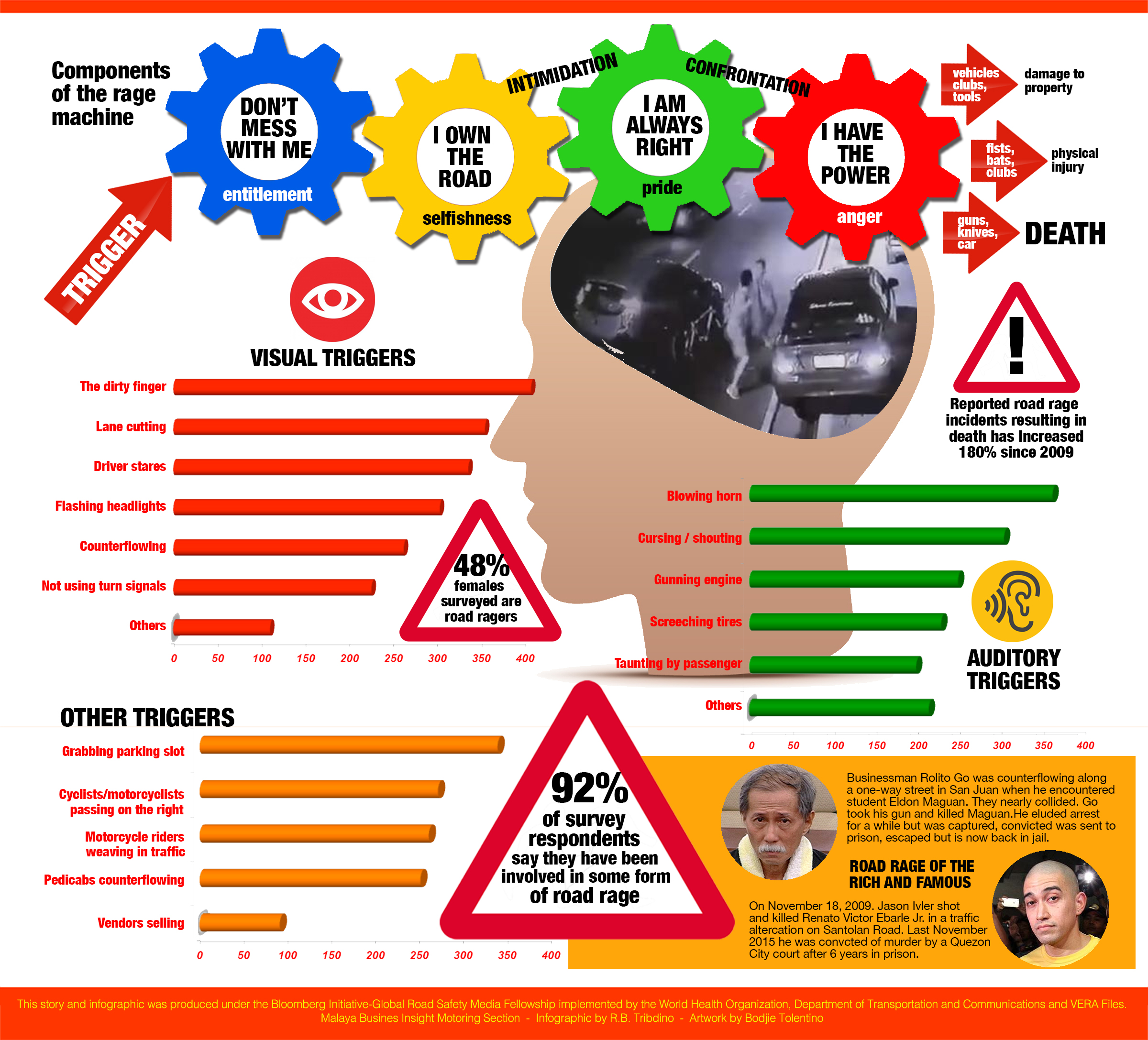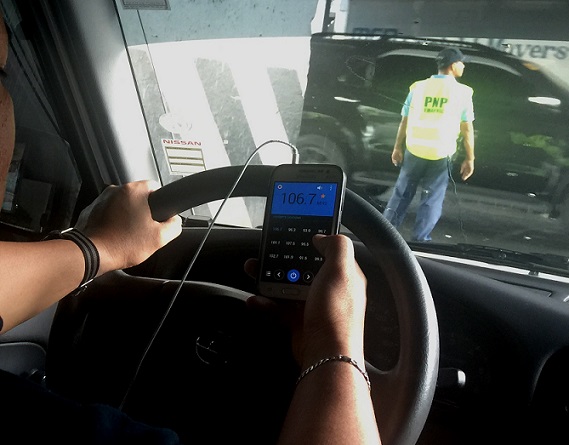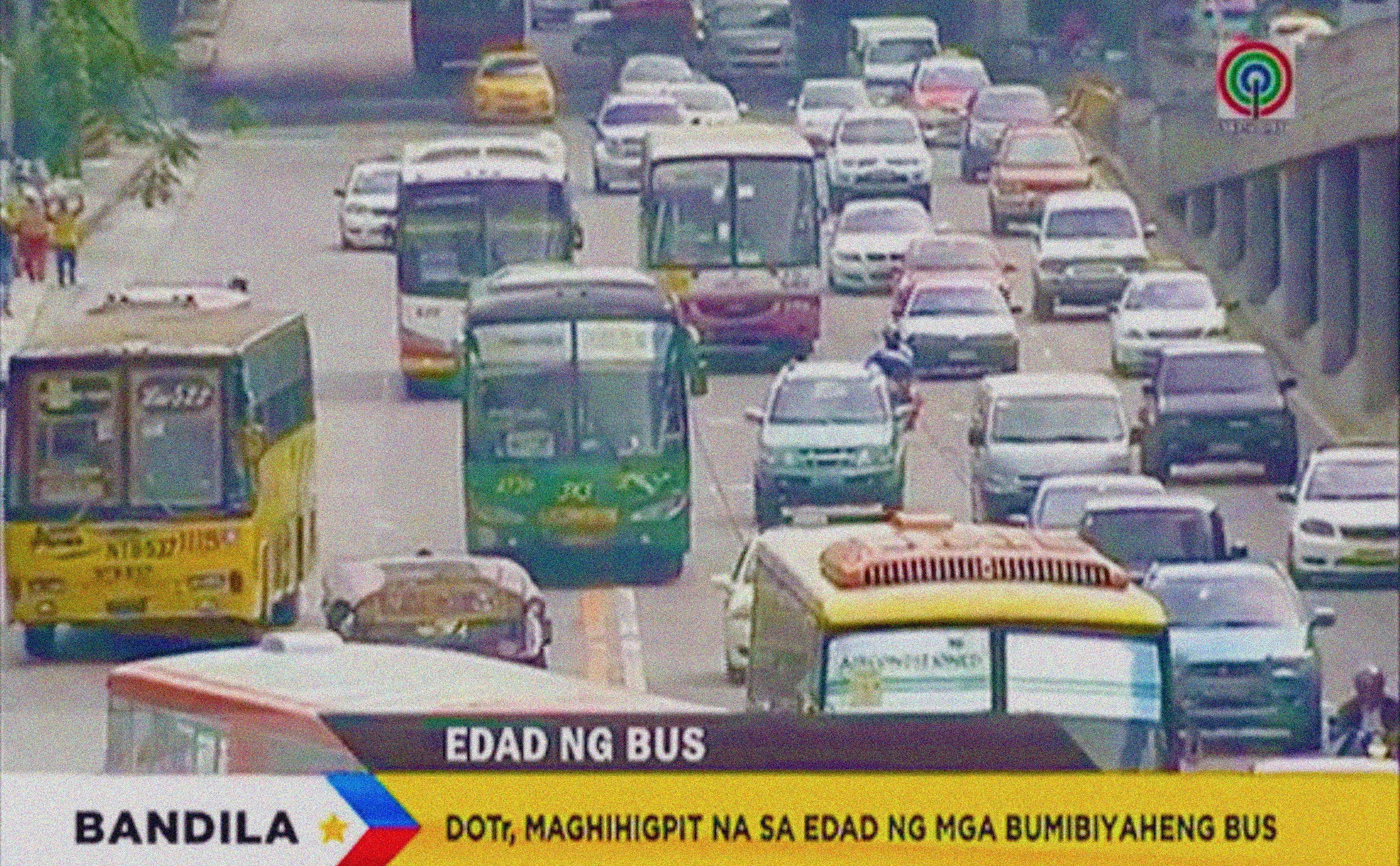ROAD safety is not exclusive to simply engineering good roads and enforcing the rules. A huge part of road safety has to do with how drivers drive. Common courtesy for all road users is crucial to keep the road safe.
It is a fact that in Japan, where road courtesy and discipline are valued, the incidence of road crashes are limited. It is also here, where despite the higher traffic density compared to the Philippines, traffic congestion is also lesser and better managed.
Most road rage cases are reported only because these result in either a collision, an injury or a death, but there are many road rage incidents on the road. Some incidents die down quickly, some boil over into full blow fistfights or even gunfights.
Malaya Business Insight Motoring Section conducted a survey where 413 people responded and gave their opinion on what causes road rage. Using this data, the infographic above was created to show the top “triggers” and what drivers should do to avoid a confrontation.
A road rage incident is activated by this trigger. In the head of the road rager, the anger machine is turned on first by pride. Road ragers are primarily motivated by entitlement—that in that particular moment of time, in that particular patch of concrete—he or she owns the road. This gear then turns the gear of pride at which point rage is usually irreversible. When the gear of power spins, the road ragers picks up whatever weapon available—a fist, a gun or even the vehicle he or she is driving.
The American Automobile Association (AAA) classifies road rage as an escalation of aggressive driving. The AAA Foundation for Traffic Safety found that nearly 80 percent of drivers expressed significant anger, aggression or road rage behind the wheel at least once in the previous year. In road rage, an extreme action is taken by the driver against another road user in order to “get back” and “even the odds.”
The aggressive or angry behavior usually starts with rude gestures such as staring at the other driver or delivering the “stiff middle finger.” The next step will be verbal insults which is started by “pulling down the window,” a move road ragers consider as the start of a truly aggressive act. Next will be physical threats prompted by stopping or opening the door and alighting the vehicle. In many occasions, the road ragers will employ dangerous driving methods to intimidate or release frustration.
This story first came out in Malaya Business Insight and was produced under the Bloomberg Initiative-Global Road Safety Media Fellowship implemented by the World Health Organization, the Department of Transportation and Communications, and VERA Files.






